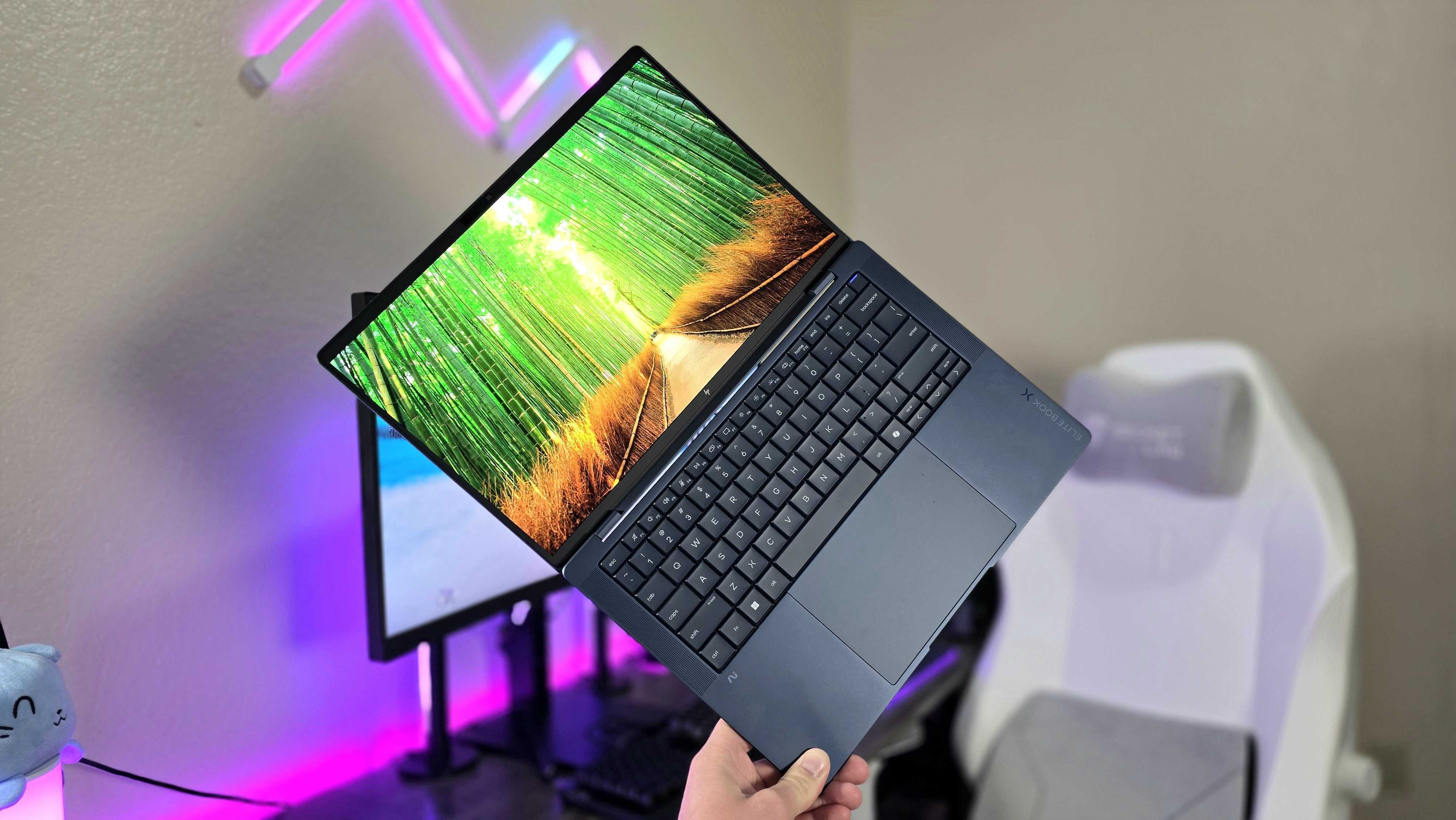Unboxing the Microsoft HoloLens Development Edition: this thing is so cool!
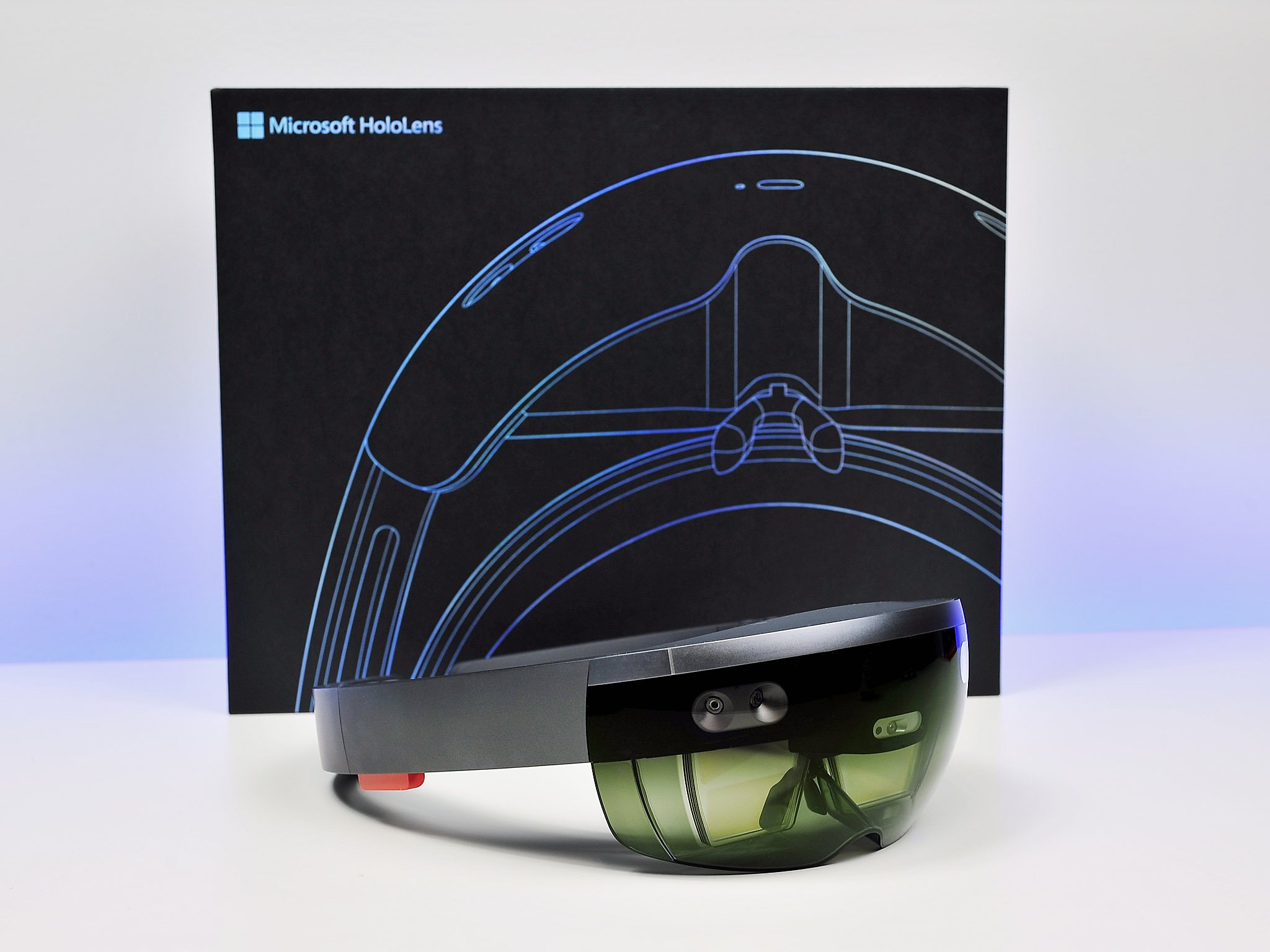
The first standalone and wearable holographic computer starting shipping last week to a small cadre of developers and partners. Microsoft's HoloLens is now in the hands of a handful of users around the United States, and they are getting their first taste of making holograms for real.
I got my mitts on a full Development Edition HoloLens kit, so let's see what you get for plunking down $3,000 for the first holographic computer in our video unboxing.
Also, I finally got to take a horde of super high-quality photos revealing the work of wonder in exquisite detail.
The box and case
During Build 2016 last week, we got the first glimpse of the packaging for HoloLens Development Edition. The black box uses the familiar and iconic HoloLens wireframe with just Microsoft HoloLens in the upper corner.
As you would expect for a $3,000 device, the packaging is top notch and is more akin to the new Xbox One Elite Controller than Surface. In fact, the hard-shell storage case that the HoloLens comes in looks a lot like the Elite's storage case save for some small changes. The case lets you store HoloLens, charger (micro-USB cable plus wall adapter), longer nose-piece, optional head strap and starter guide. It is all a surprisingly small package, and it can easily fit in a backpack with room to spare.
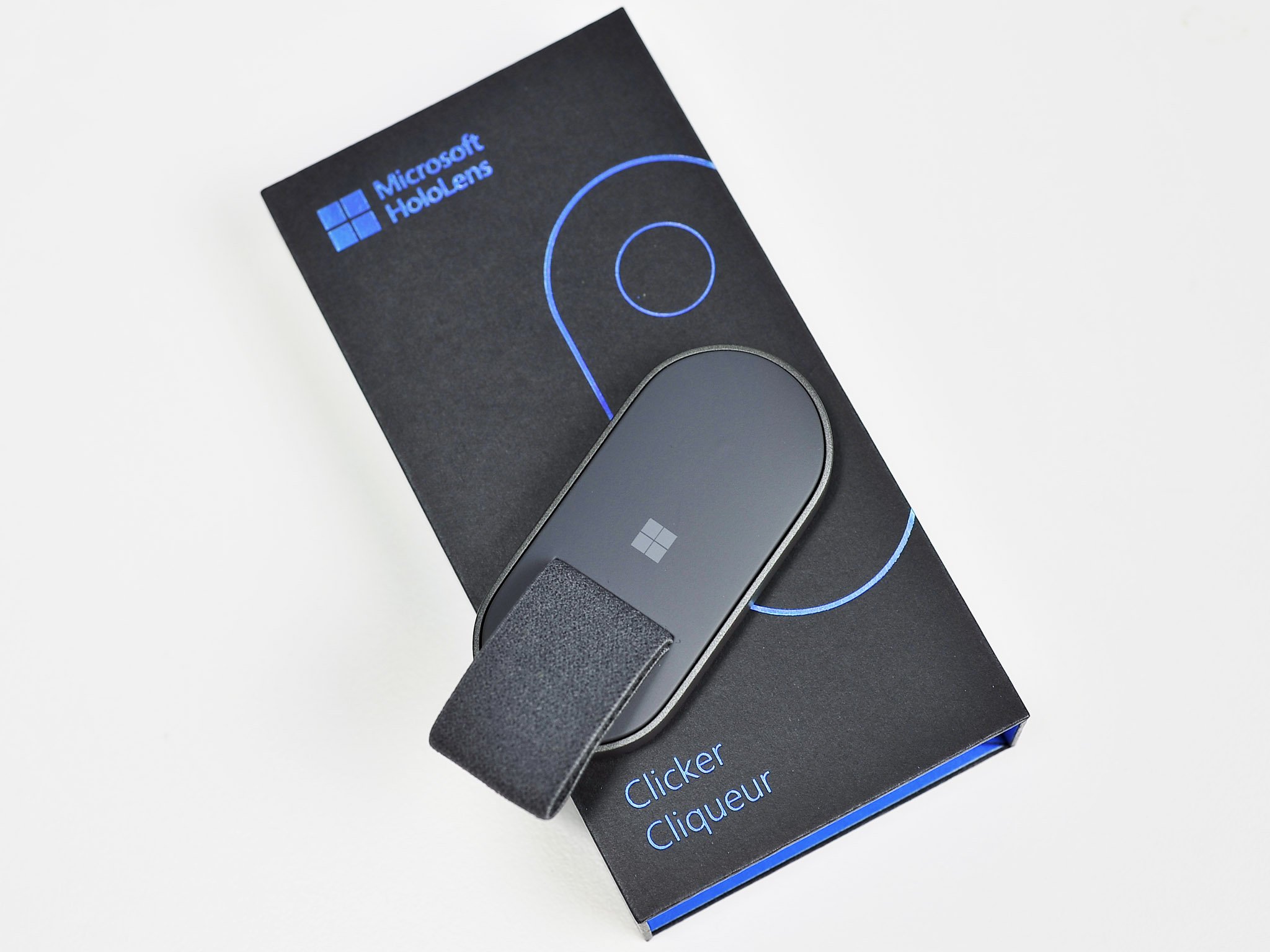

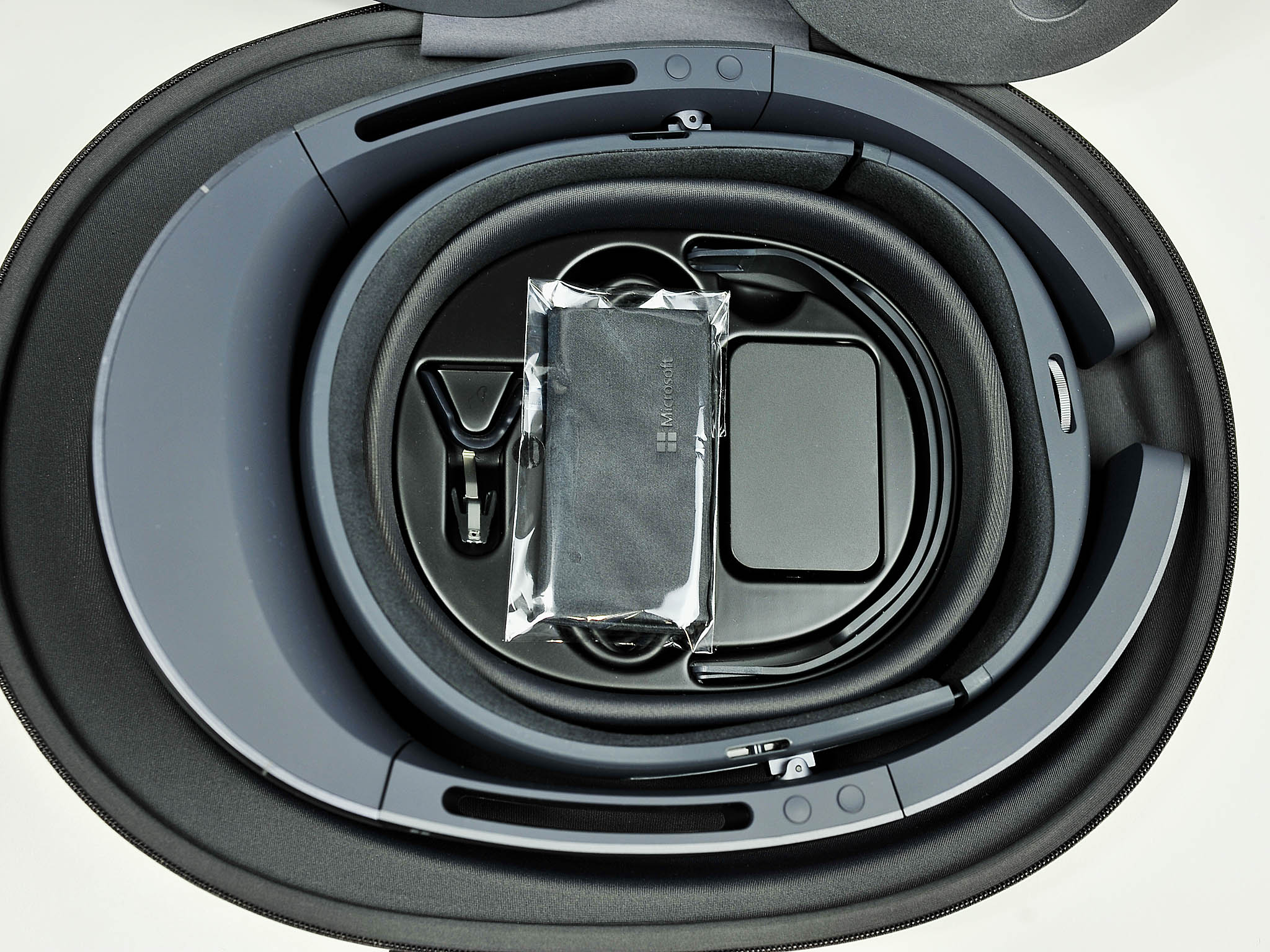

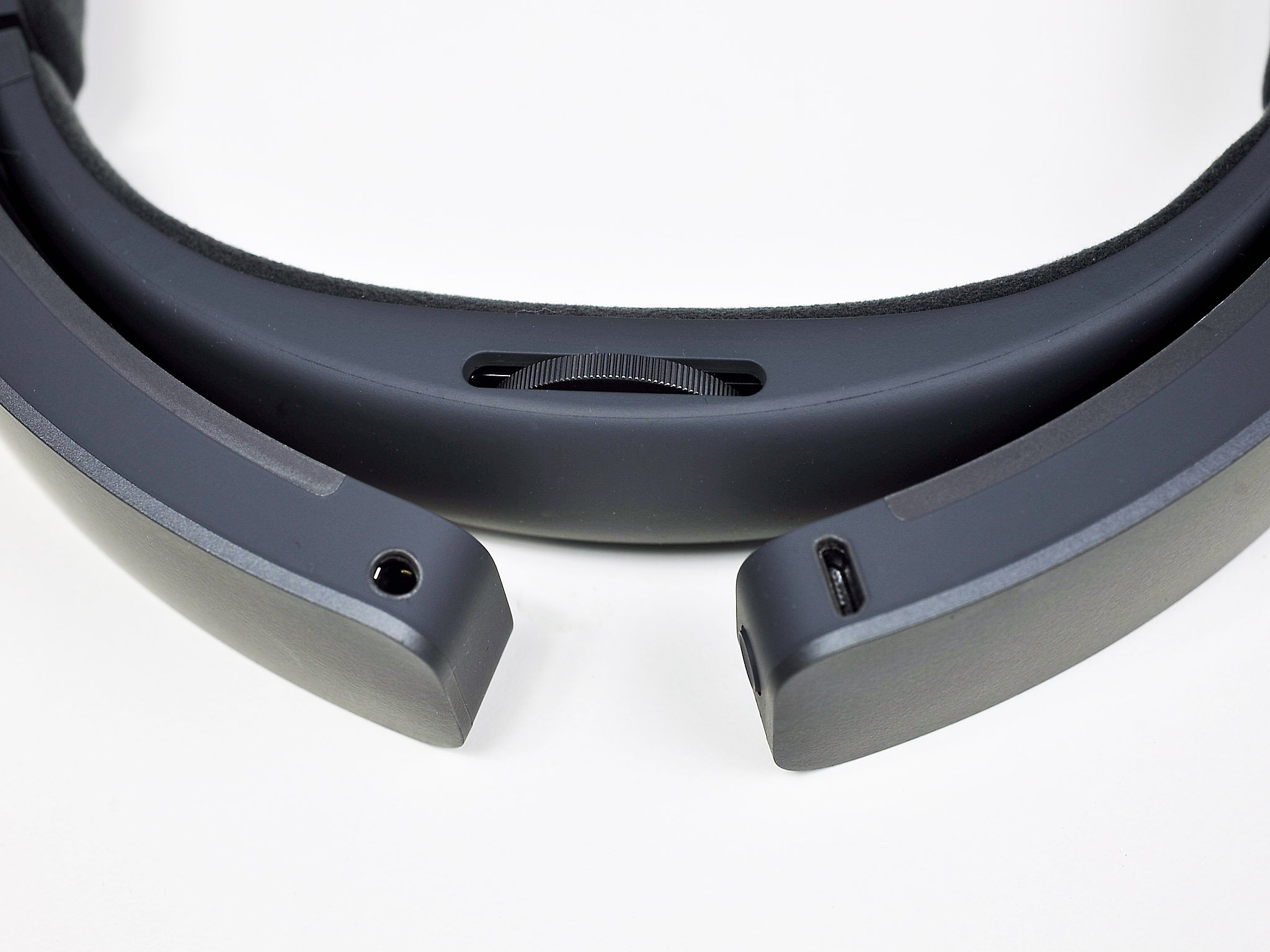
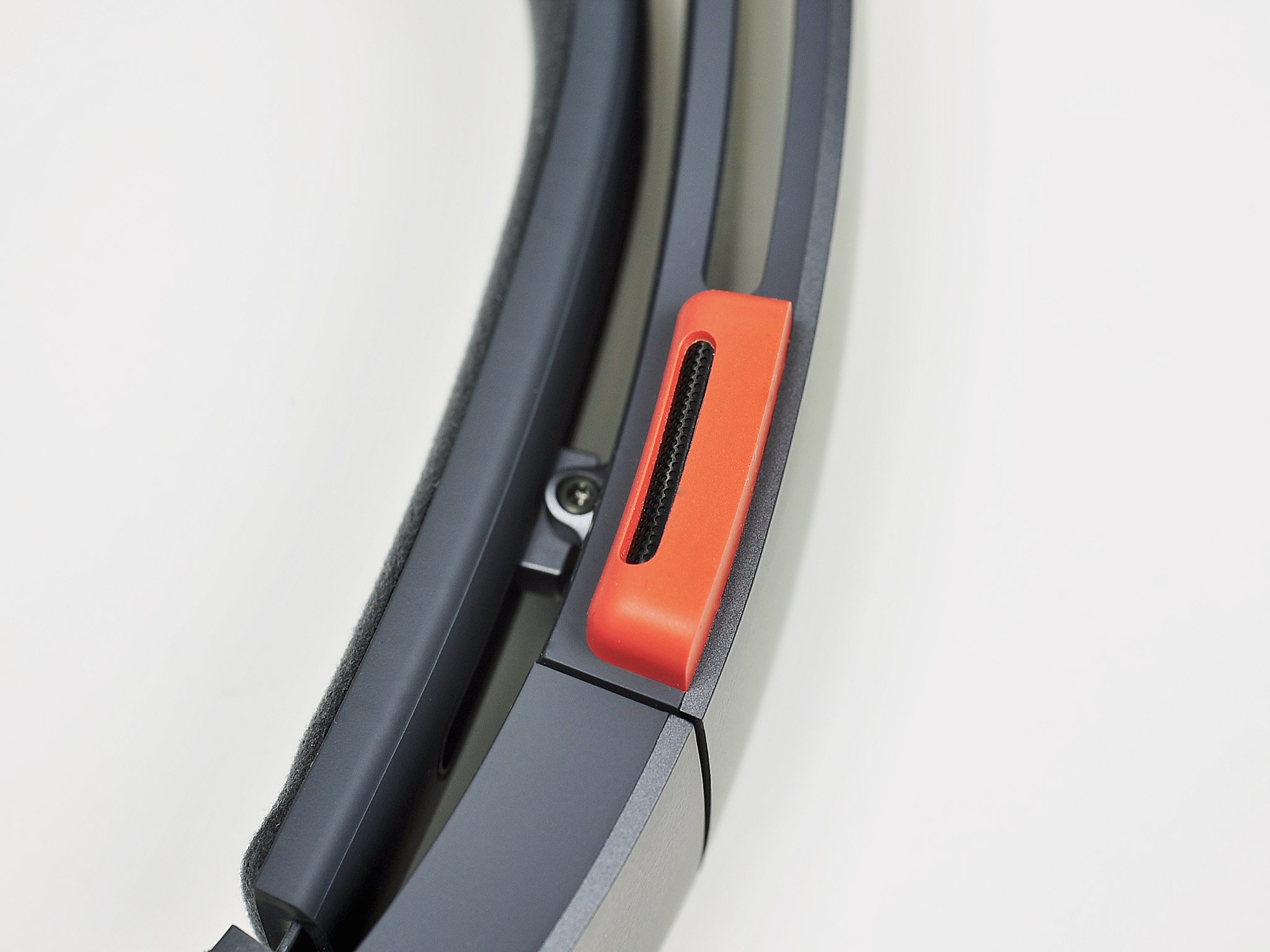
Besides the HoloLens and in-box accessories, there is also the new HoloLens Clicker. This is the first time I have seen this optional accessory, and it is quite handy. The clicker features a finger loop that goes around the top of your middle finger, and this holds it in a neutral position between your index finger and thumb. The clicker pairs via Bluetooth to the HoloLens and replaces (or augments) the air-tap gesture and audio cue for selection of a hologram or menu item. Using your gaze (reticle pointer), you can highlight an item and just click, giving you a third way to navigate through the HoloLens system.
Setting up
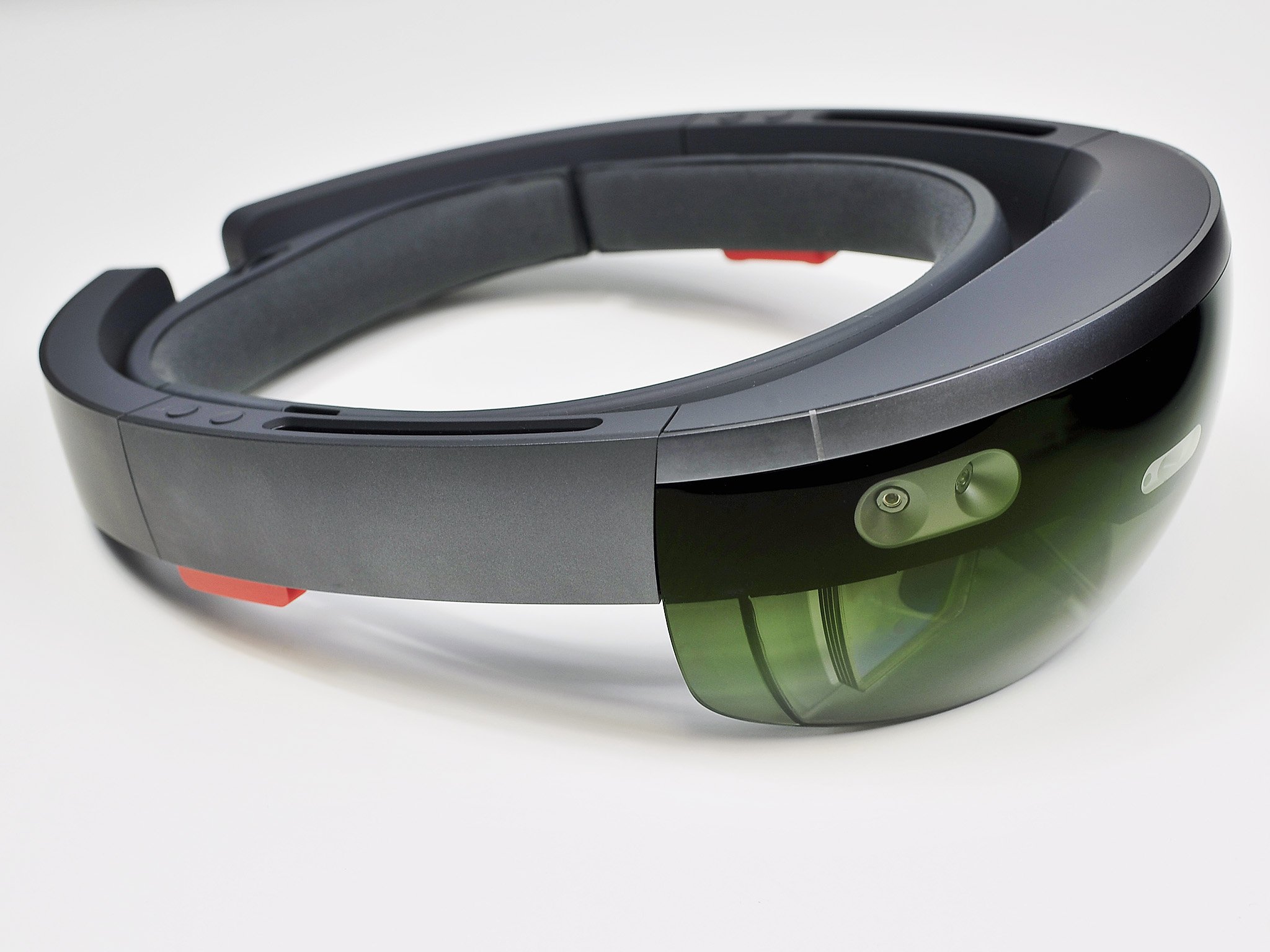
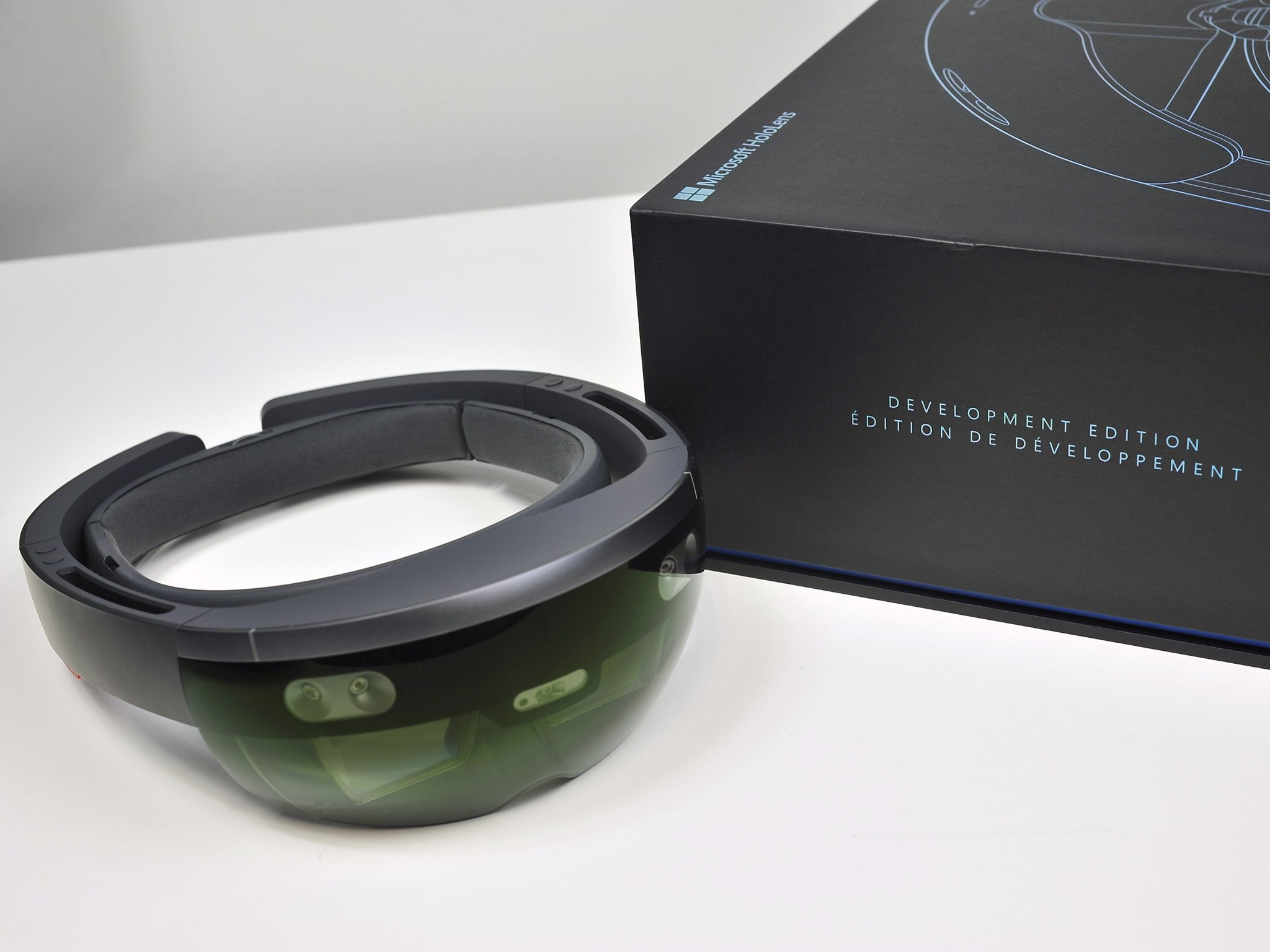
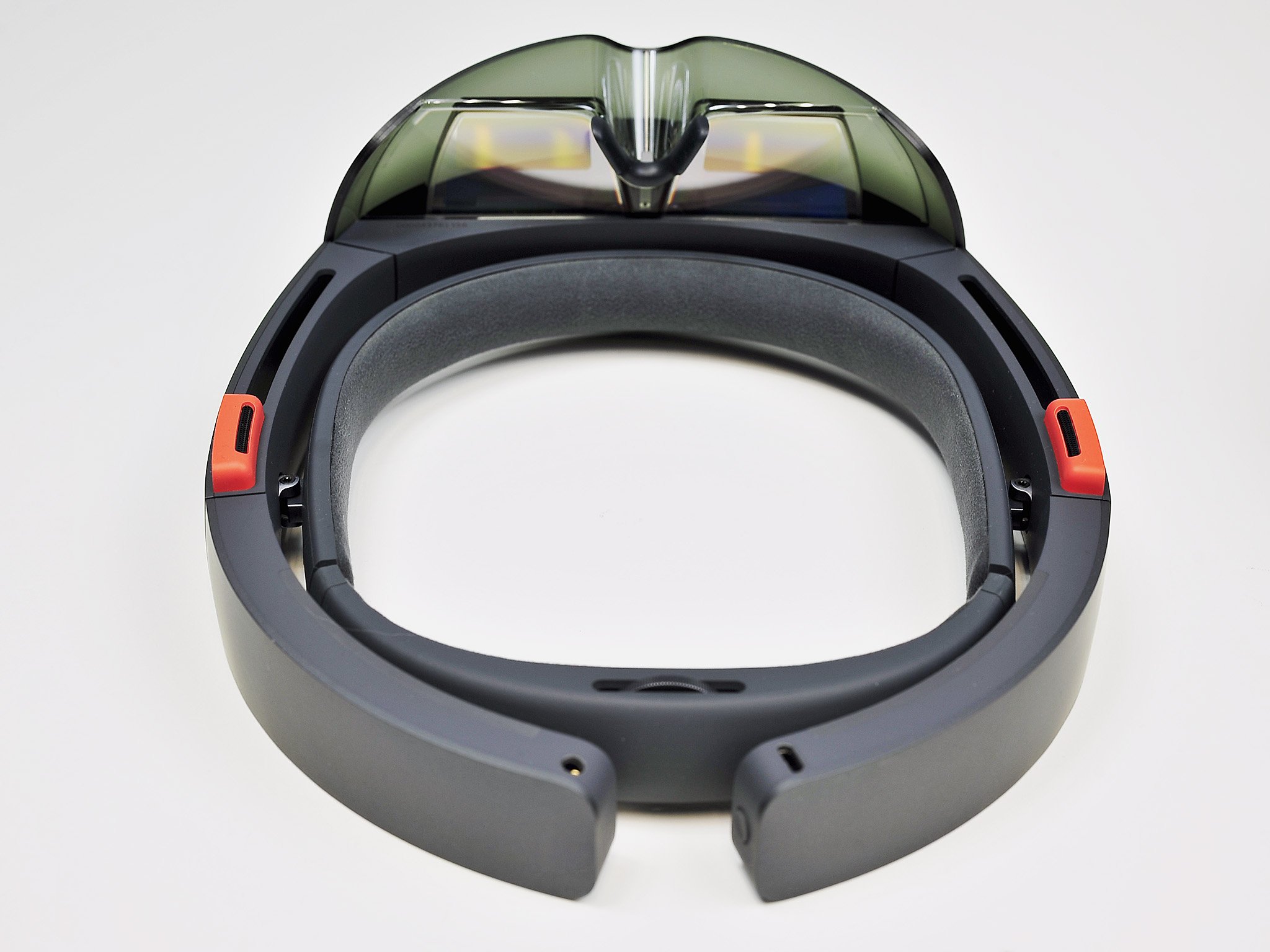
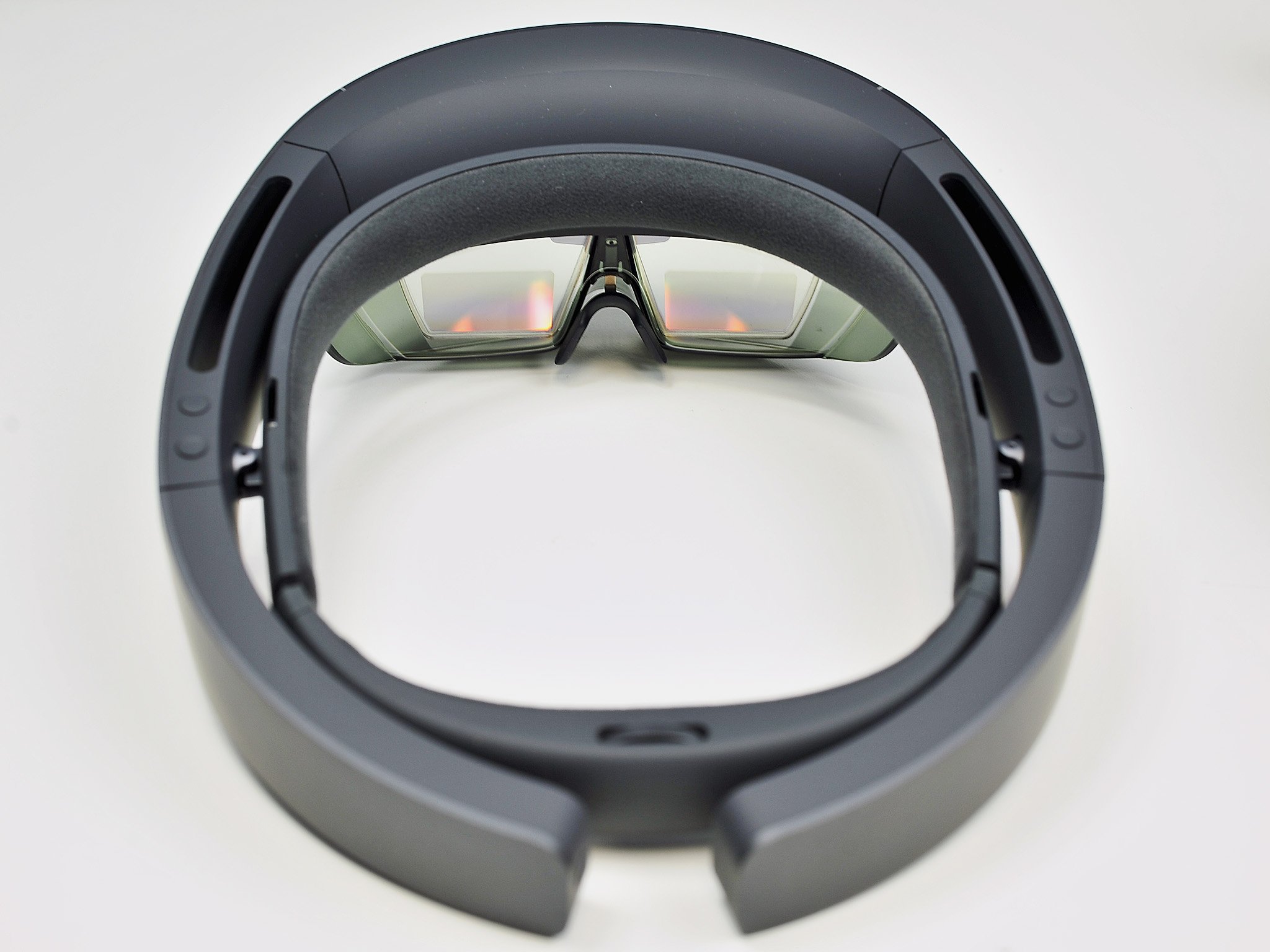
HoloLens is quite accessible right out of the box. All you need is a local Wi-Fi network to connect to, and you can set it up within about 5 to 10 minutes.
All the latest news, reviews, and guides for Windows and Xbox diehards.
The first steps include using the new tool that calibrates the HoloLens for your interpupillary distance (so that holograms look right). Microsoft's Cortana does all of the audio voice cues, which is a nice touch and Hey Cortana is built into HoloLens as well so that you can quickly make audio requests whenever you want. After calibration, HoloLens and Cortana then take you through a gestures tutorial where you learn about air-tap, bloom, and how to navigate HoloLens.
Make no mistake HoloLens is running full-on Windows 10. Whether it is logging you to your Microsoft account, choosing the Wi-Fi network or even using the Settings and Store it is all very familiar. You can even use Settings to check for OS updates for HoloLens like any laptop or PC.
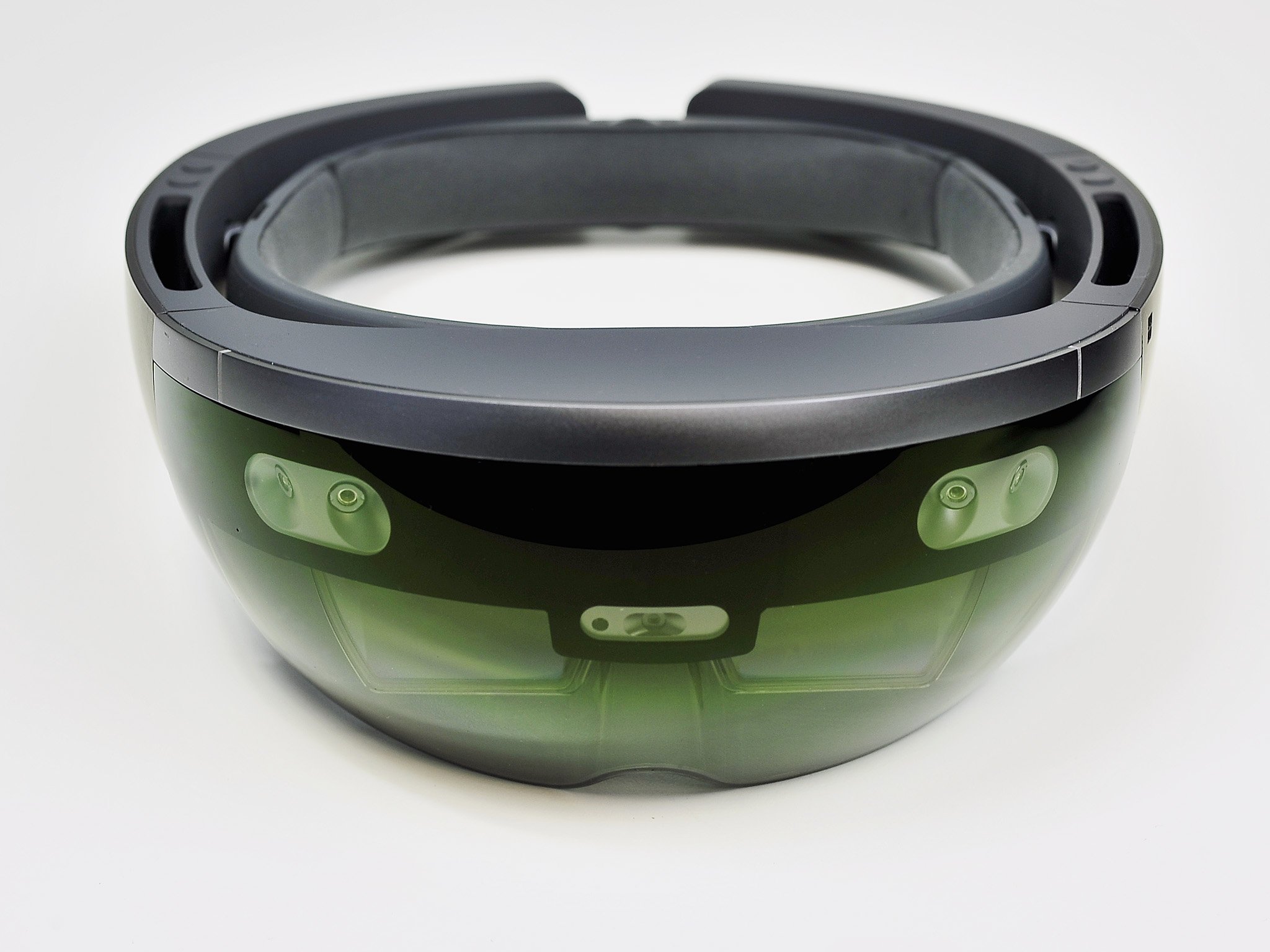
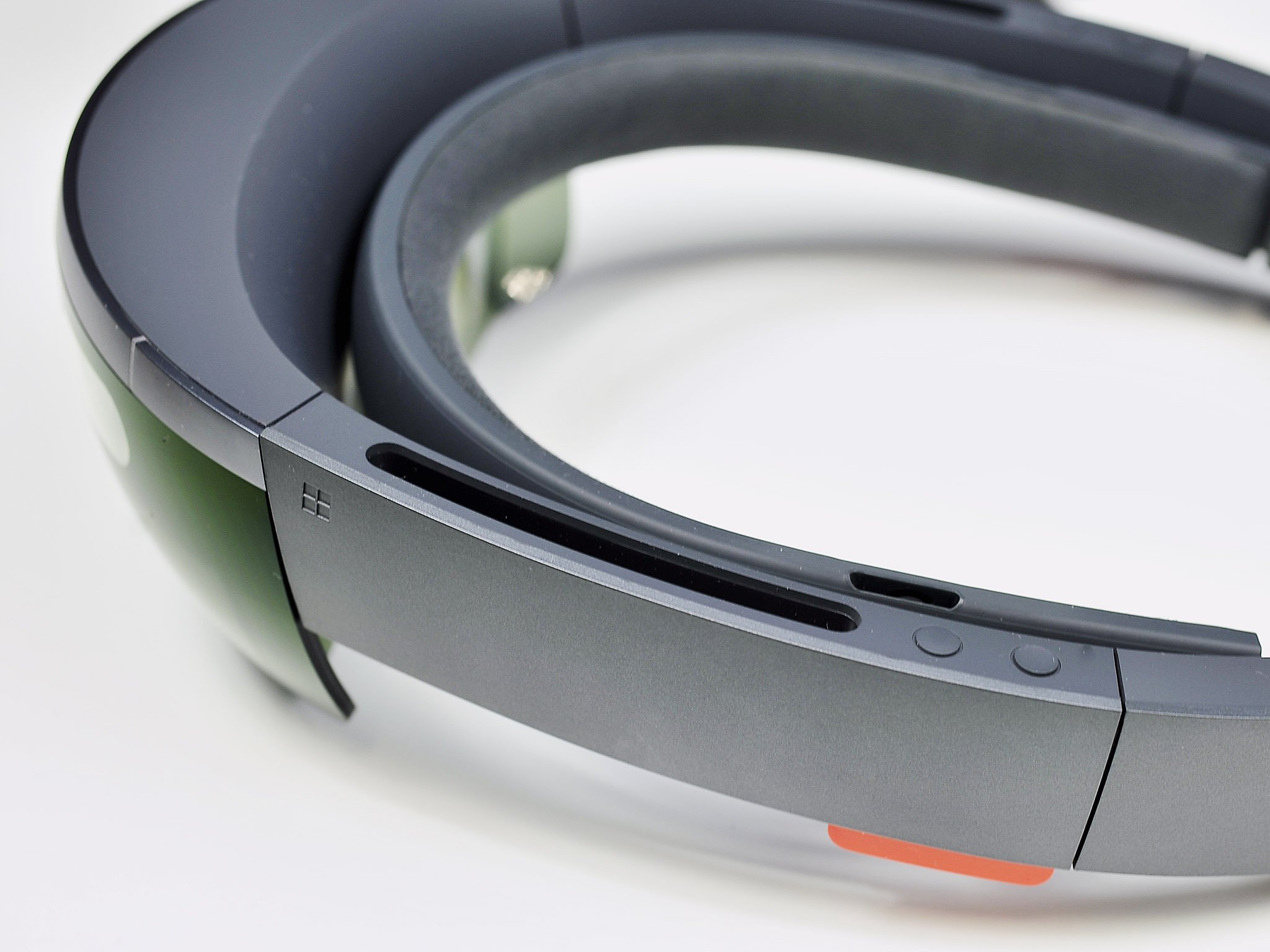
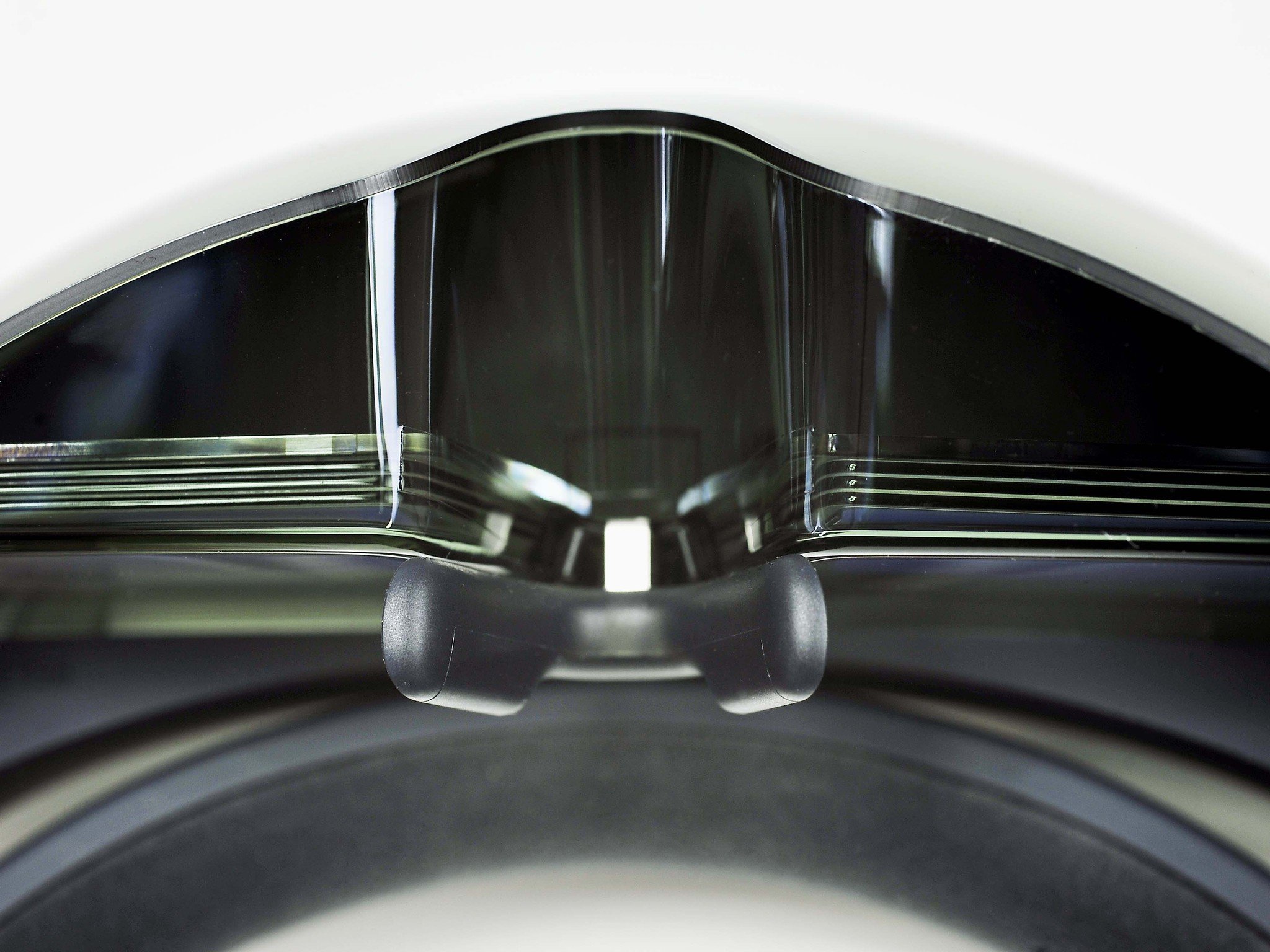

Probably the most tedious part is typing in your Wi-Fi network password and Microsoft Account credentials. You use a holographic keyboard (the same one in Windows 10) along with gaze + air-tap. Luckily, you just do this one time.
I'll have more later today on my first 24 hours with HoloLens including some surprises and initial thoughts on using it at home. If you have any questions, leave them in comments, and I'll try to answer some in that article.
Stay tuned!

Daniel Rubino is the Editor-in-chief of Windows Central. He is also the head reviewer, podcast co-host, and analyst. He has been covering Microsoft since 2007 when this site was called WMExperts (and later Windows Phone Central). His interests include Windows, laptops, next-gen computing, and wearable tech. He has reviewed laptops for over 10 years and is particularly fond of 2-in-1 convertibles, Arm64 processors, new form factors, and thin-and-light PCs. Before all this tech stuff, he worked on a Ph.D. in linguistics, performed polysomnographs in NYC, and was a motion-picture operator for 17 years.

